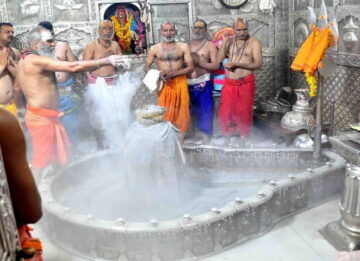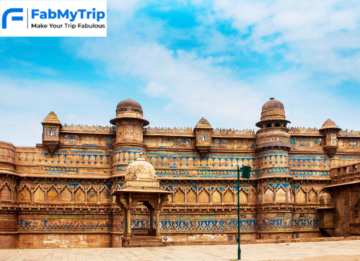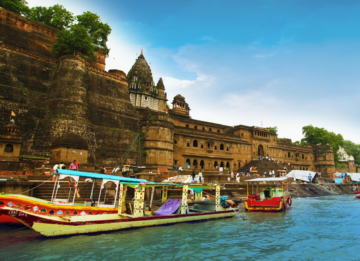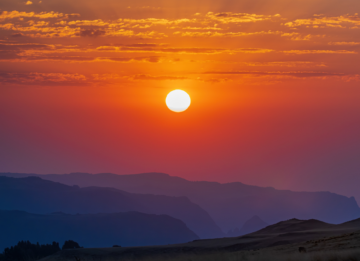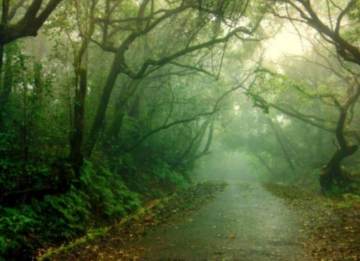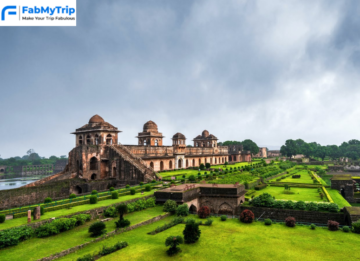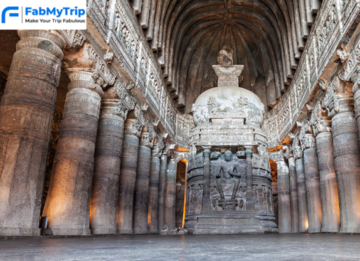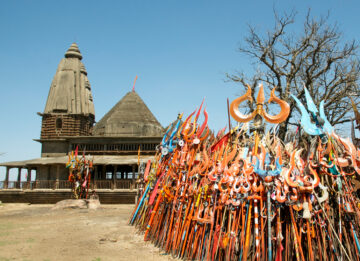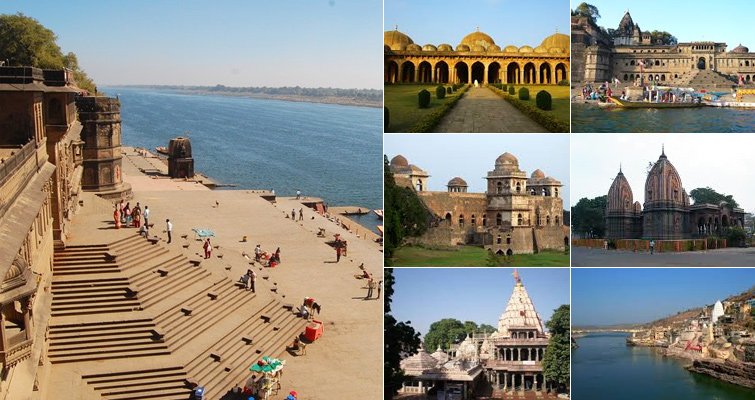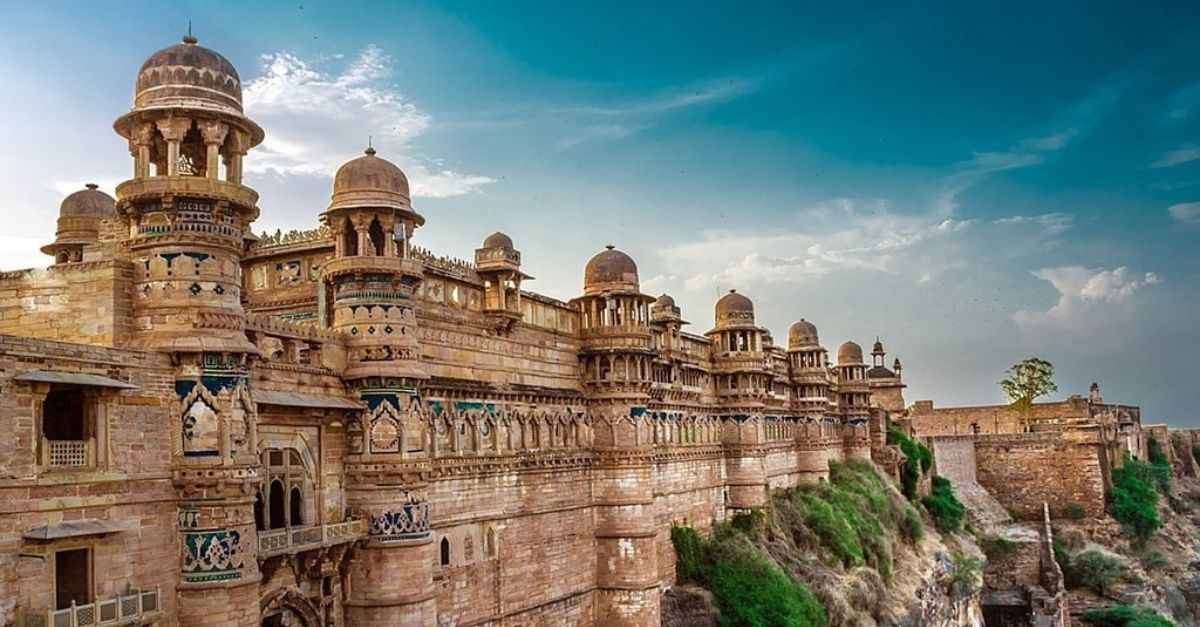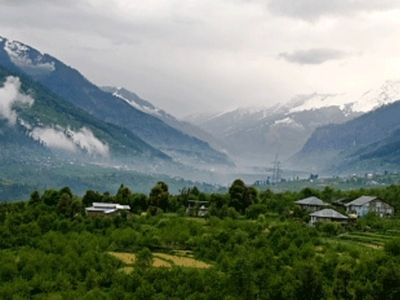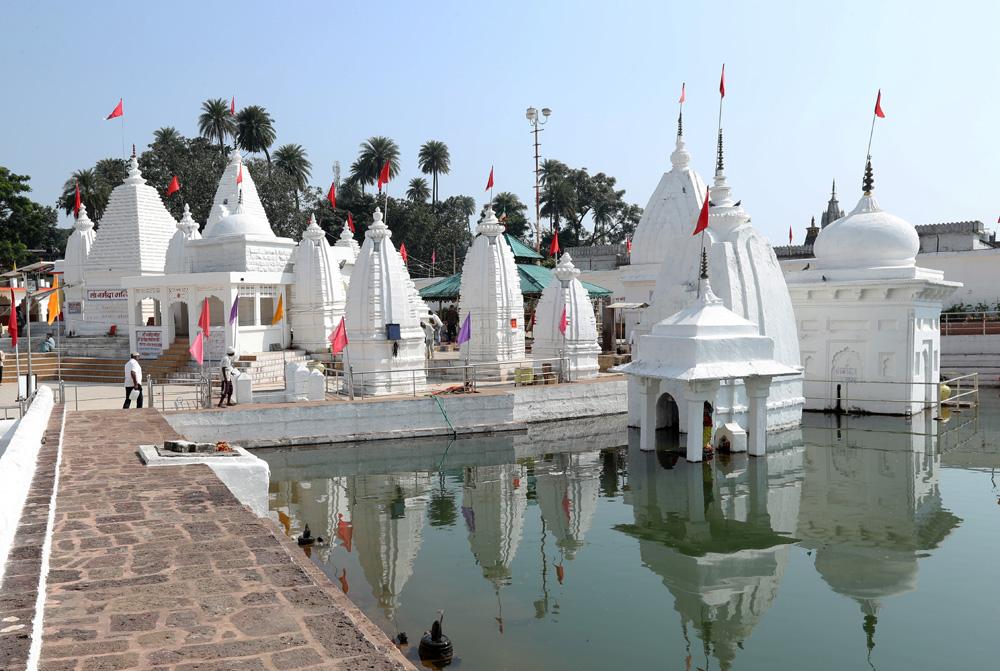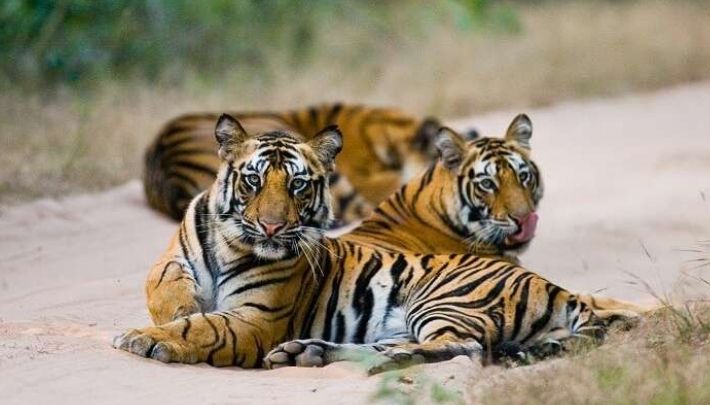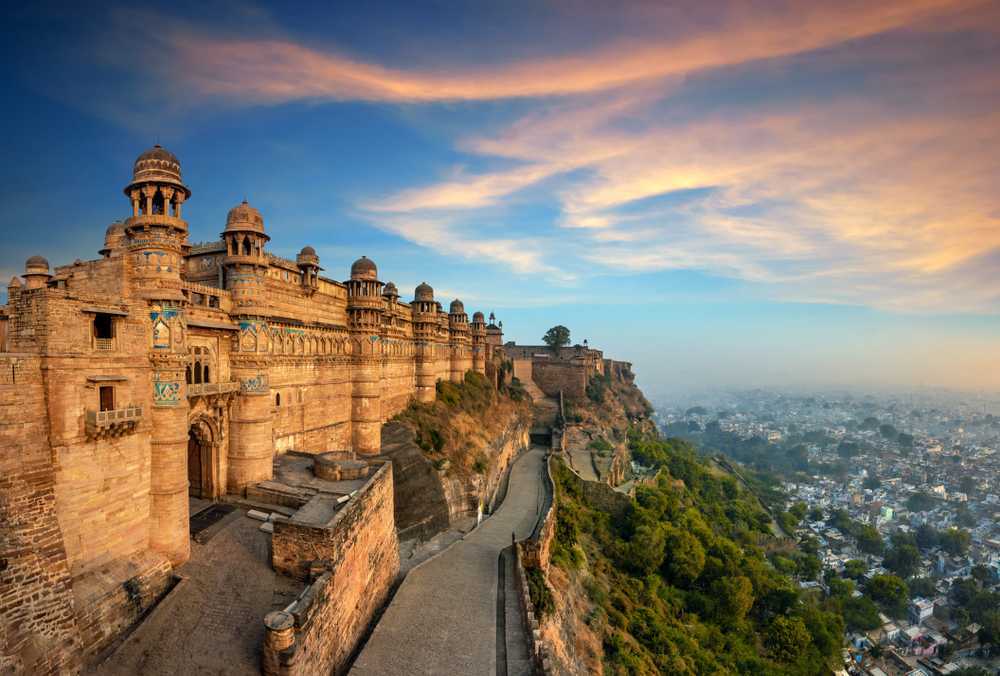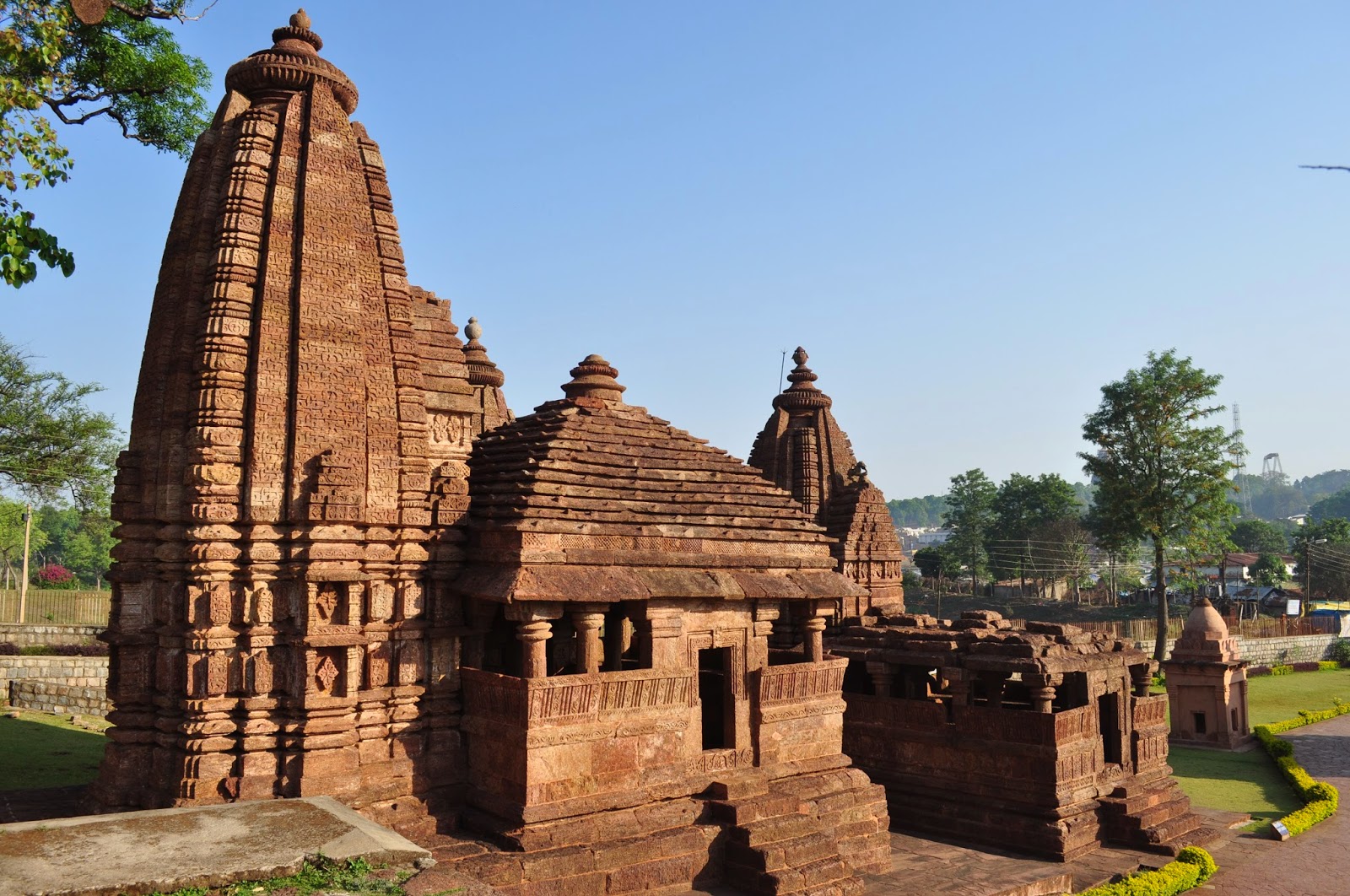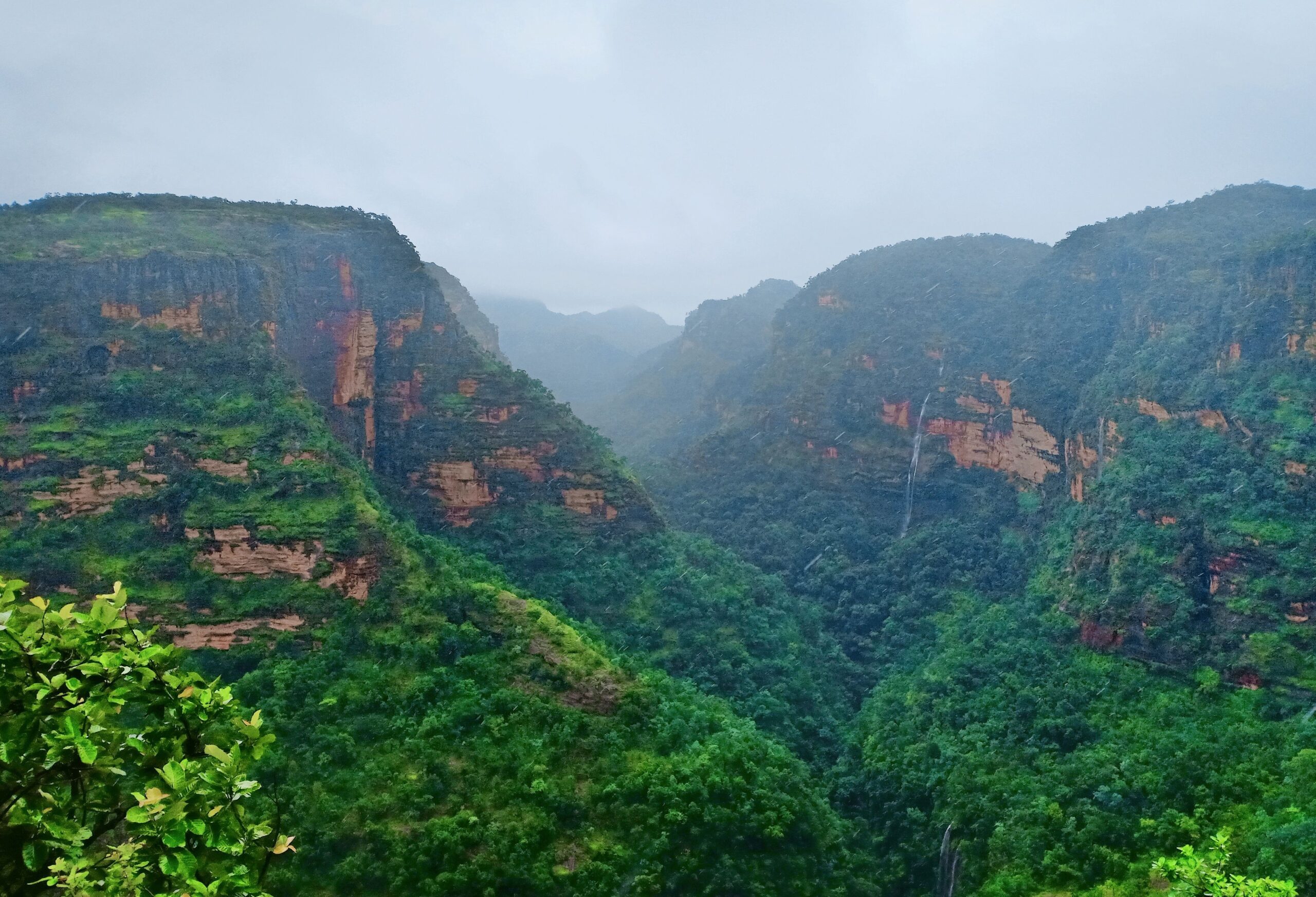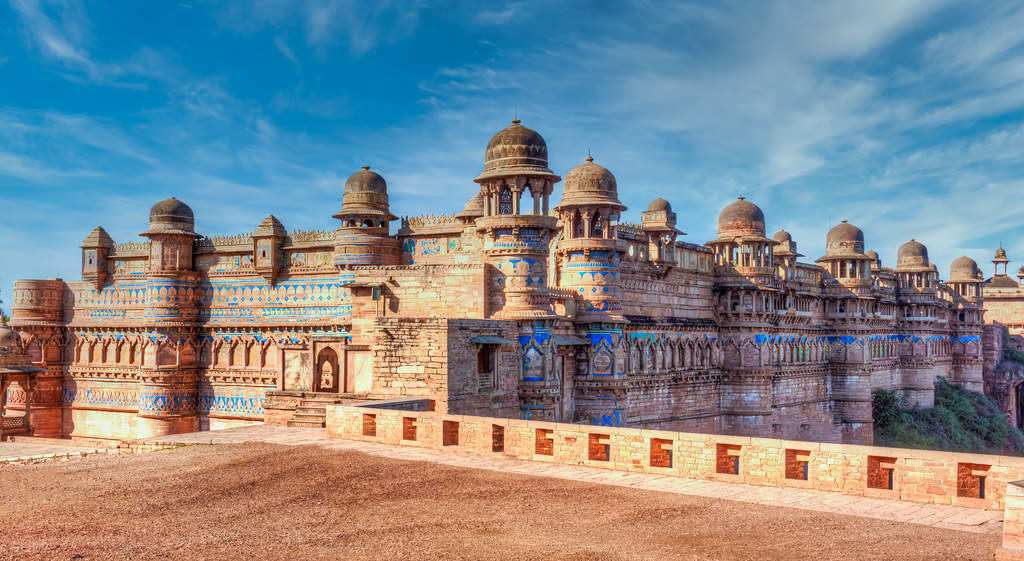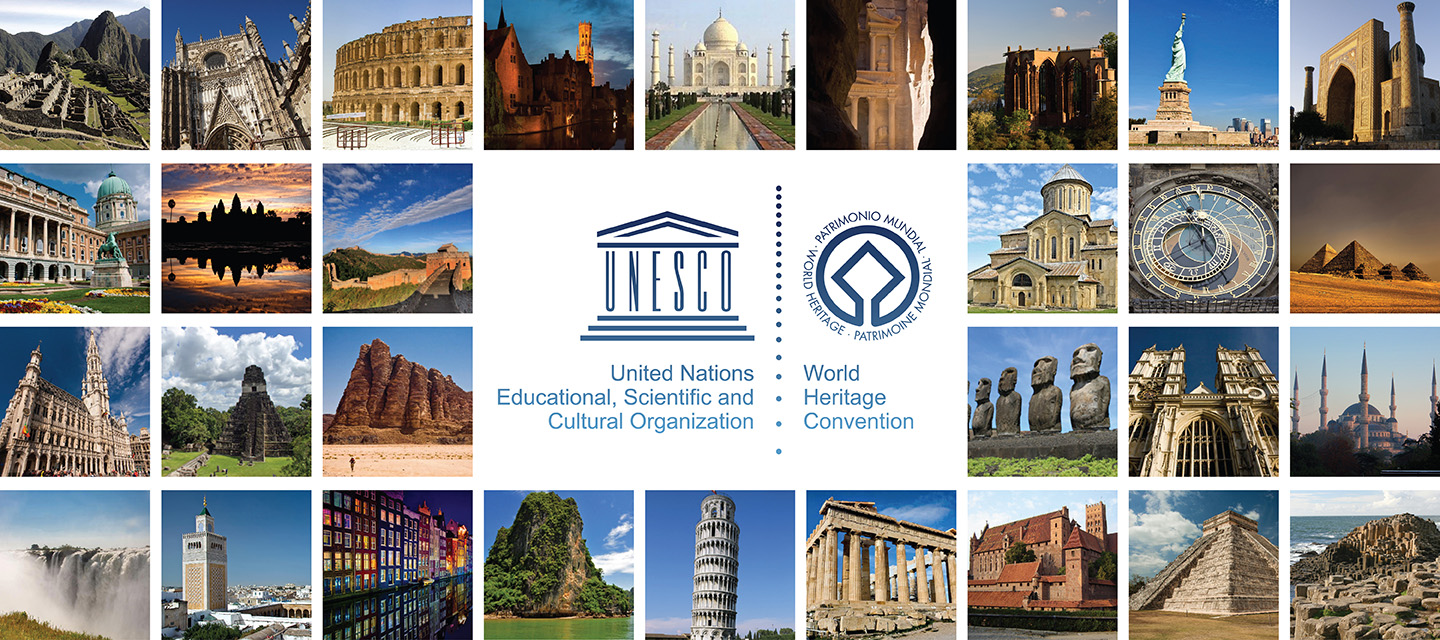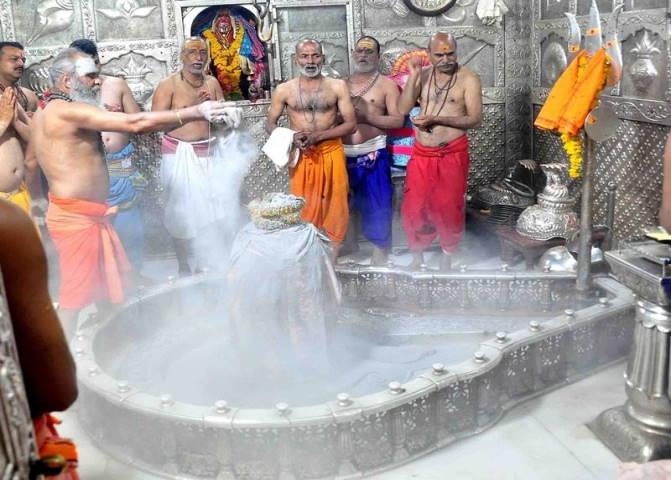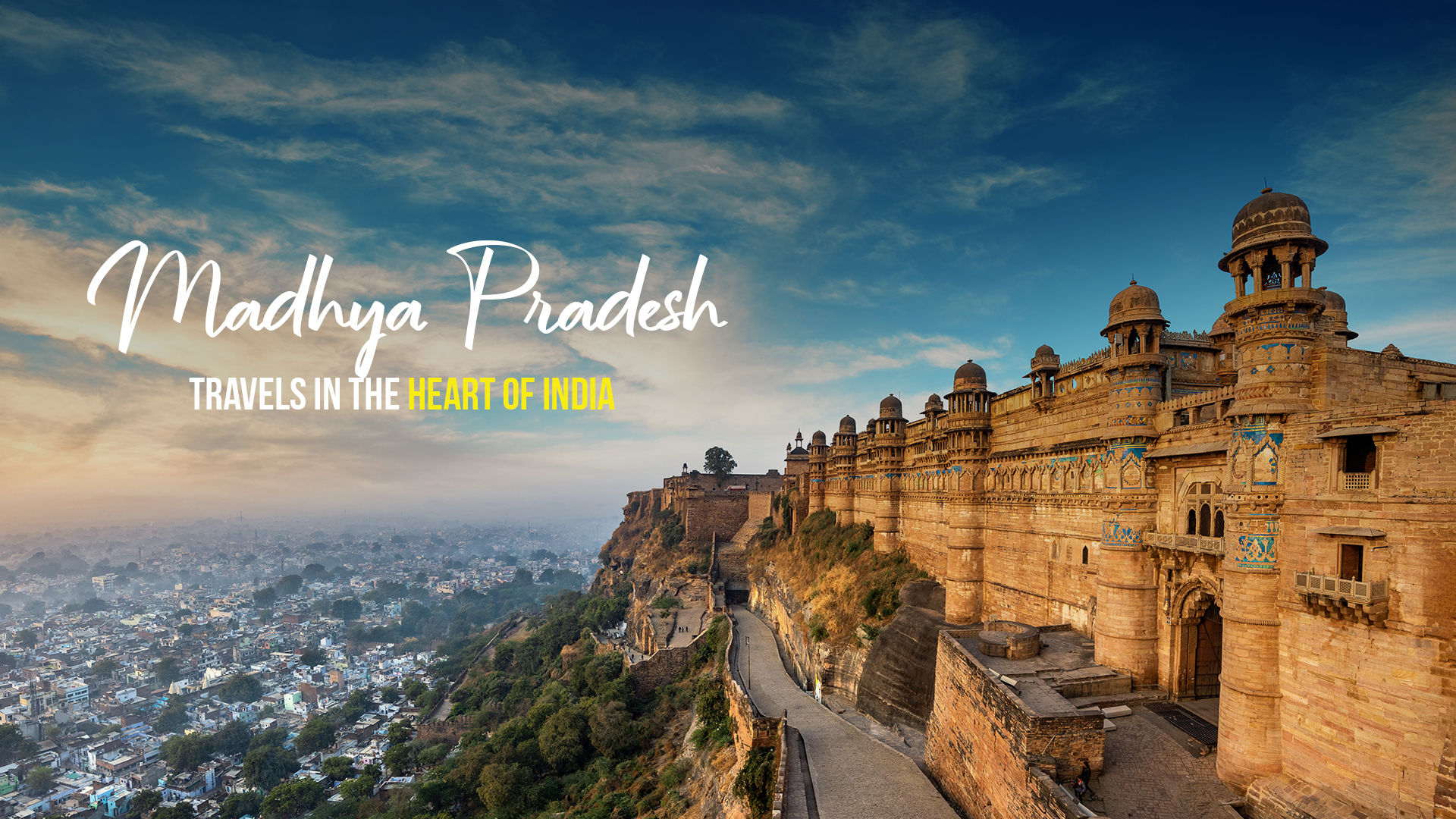
Madhya Pradesh is located in the centre of India. That’s why, the state has always been an attraction for tourists. The state also gains tremendous attraction of the travelers as it always offers more than one can expect. It not only serves you with historical monuments, temples, wildlife parks, foods and culture but also with 3 UNESCO sites. The 3 UNESCO sites in Madhya Pradesh are always considered as one of the main sites to visit. Madhya Pradesh has won the Best Tourism State National award for 3 consecutive years i.e. 2015, 2016, and 2017. And it is enough to consider it a state worth travel for.
Although the modern state of Madhya Pradesh came into being in 1956, its cultural heritage is ancient and chequered. Innumerable monuments, exquisitely carved temples, stupas, forts and palaces raise the visions of kingdoms in visitor’s mind. Madhya Pradesh is the city of the great warriors and builders, poets and musicians, saints and philosophers; of Hinduism, Buddhism, and Jainism.
The 3 UNESCO Sites in Madhya Pradesh are-
The Khajuraho Group of Monuments (1986)
Buddhist Monuments at Sanchi (1989)
The Rock Shelters of Bhimbetka (2003)
Lets know more about these UNESCO sites in Madhya Prdaesh-
KHAJURAHO GROUP OF MONUMENTS
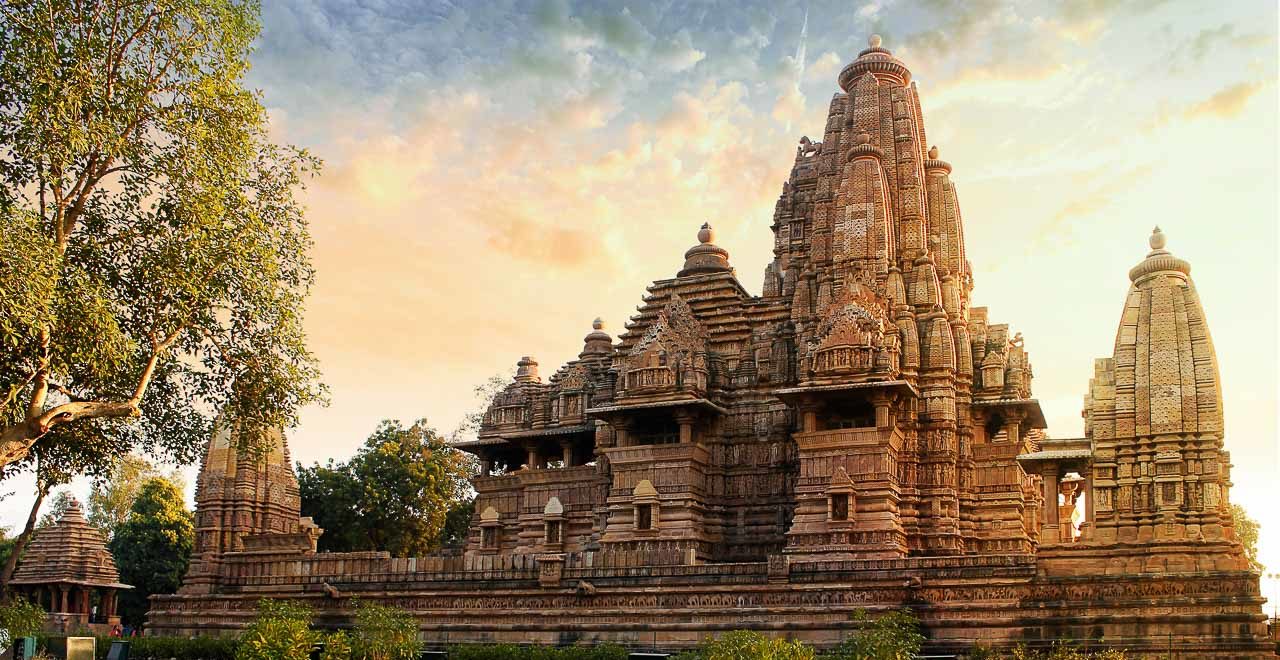
The Khajuraho Group of Monuments is listed as one of the UNESCO World Heritage Sites in Madhya Pradesh since 1986. And it is considered one of the “seven wonders” of India. The town’s name, anciently “Kharjuravahaka”, is derived from the Sanskrit word ‘khajur’ meaning “date palm”.
Khajuraho Group of Monuments are a group of Hindu and Jain temples in Chhatrapur District of Madhya Pradesh. The temples at Khajuraho were built during the Chandella dynasty, which reached its apogee between 950 and 1050. Only about 20 temples remain; they fall into three distinct groups and belong to two different religions – Hinduism and Jainism. They strike a perfect balance between architecture and sculpture. The Temple of Kandariya is decorated with a profusion of sculptures that are among the greatest masterpieces of Indian art.
The group of temples are known for the harmonious integration of sculptures with their architecture. All surfaces are profusely carved with anthropomorphic and non-anthropomorphic motifs depicting sacred and secular themes. Sculptures depicting acts of worship, clan and minor deities, and couples in union, all reflect the sacred belief system. Other themes mirror social life through depictions of domestic scenes, teachers and disciples, dancers and musicians, and amorous couples. The composition on the stone surfaces give a rare vibrancy to the warmth of human emotions.
BUDDHIST MONUMENTS AT SANCHI
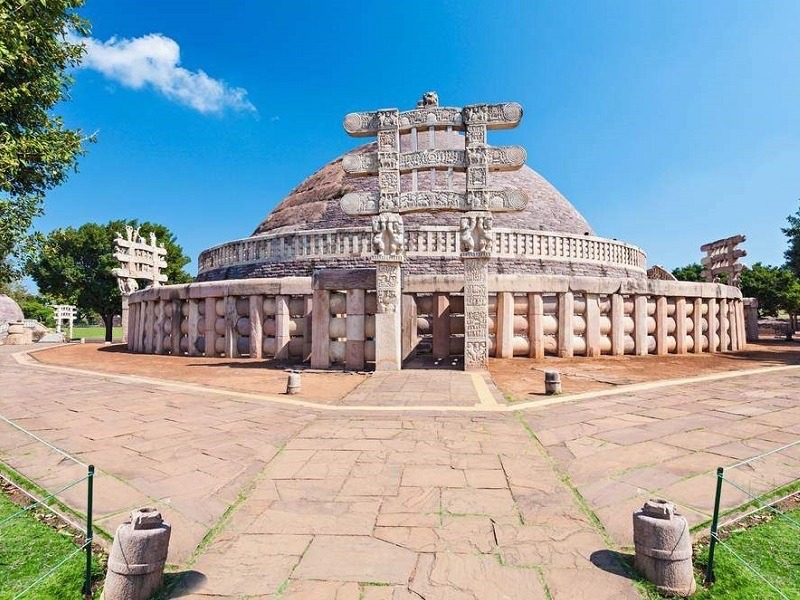
It is situated on a hill overlooking the plain and about 40 km from Bhopal. The site of Sanchi comprises a group of Buddhist monuments all in different states of conservation. Most of these dates back to the 2nd and 1st centuries B.C. It is the oldest Buddhist sanctuary in existence. And it was a major Buddhist centre in India until the 12th century A.D.
The main body of the Stupa symbolises the cosmic mountain. It is topped by a ‘harmika’ to hold the triple umbrella, or ‘chhatraveli’. It represents the three jewels of Buddhism – the Buddha, the Dharma, and the Sangha. The high circular terrace against the base is accessible by staircases. And is designed for worshippers to be able to walk around the Stupa. On the ground level, there is another procession path that is surrounded by stone balustrades.
The gateways at the four cardinal points are the highlights of the structure. A series of detailed carvings shows Buddhist symbols and important historical and religious scenes. Interestingly, Buddha is always shown in these carvings as a symbol and not as a human. He is represented on the gateways as a horse without a rider. Also as an umbrella above an empty throne, the Bodhi tree, or as footprints.
Through each of the gateway entrances is an image of Buddha in human form seated under a pillared canopy. They were added to the site in the 5th century AD, much later than the rest of the stupa’s decorations. It’s yet another demonstration of the endurance of devotion that Emperor Ashoka created at Sanchi.
THE ROCK SHELTERS AT BHIMBETKA
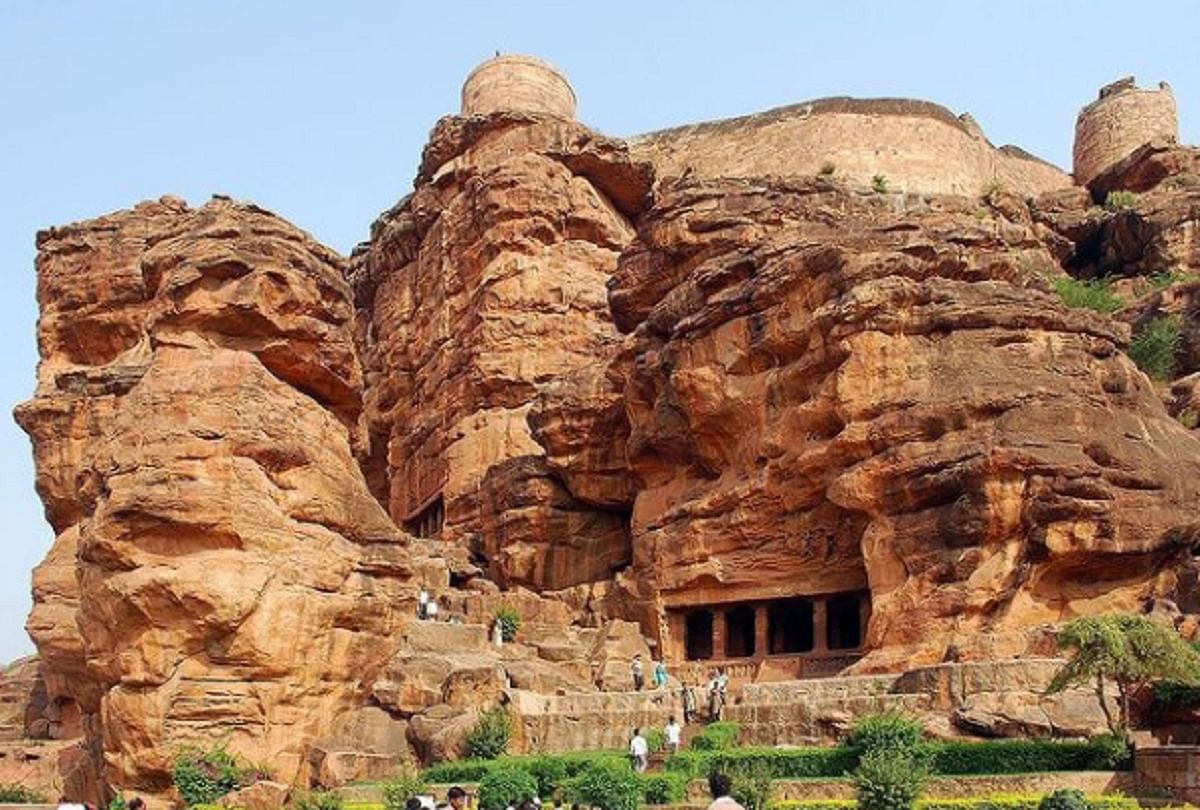
The Bhimbetka rock shelters are an archaeological site in central India that spans the Paleolithic and Mesolithic periods. Ans as well as the historic period. Legend says Bhimbetka is derived from ‘bhimbaithka’ meaning ‘the sitting place of Bhima’, from Mahabharata. It exhibits the earliest traces of human life in India. It also has evidence of Stone Age starting at the site in Acheulian times.
The Rock Shelters of Bhimbetka are in the foothills of the Vindhyan Mountains. Within massive sandstone outcrops, above comparatively dense forest, are five clusters of natural rock shelters. They all are displaying paintings that appear to date from the Mesolithic Period right through to the historical period. The cultural traditions of the inhabitants bear a strong resemblance to those represented in the rock paintings. With many outstanding universal values, it is considered as one of the 3 UNESCO sites in Madhya Pradesh.
Out of the 760 rock shelters in Bhimbetka, 500 are adorned with paintings. The painting of an enormous red bison attacking a man is visible only when the sun is just right. Thousands years old art gallery hides amongst the massive, black boulders of Bhimbetka.
